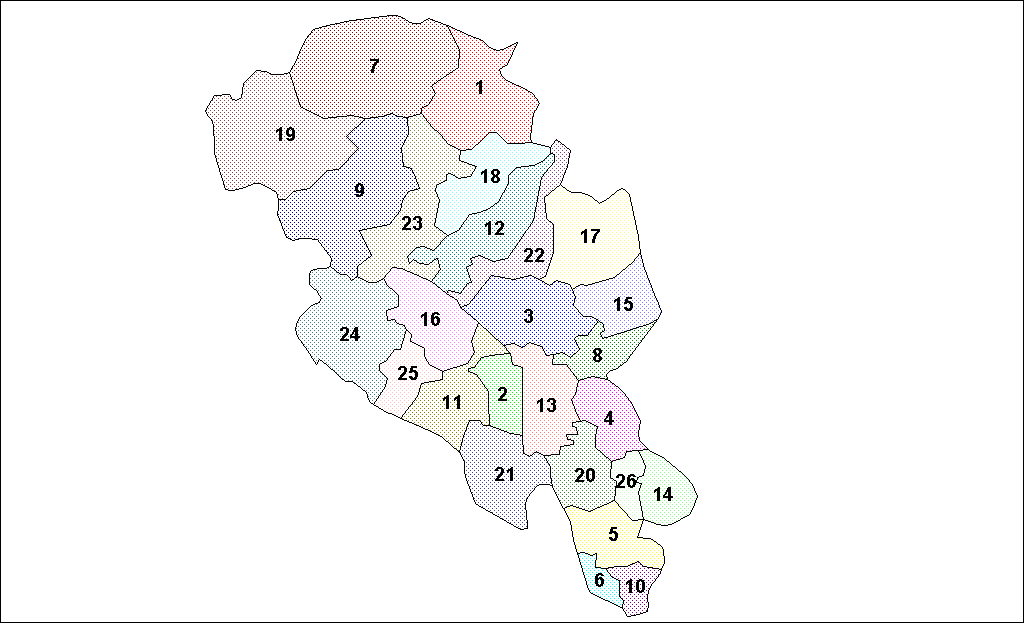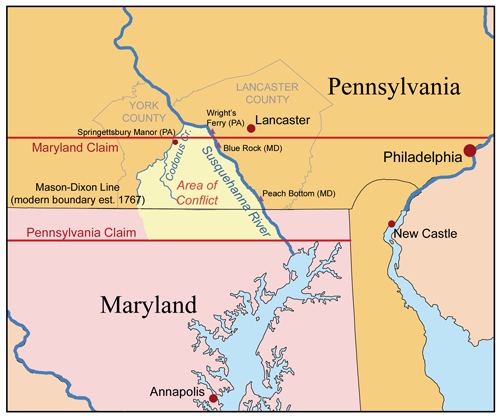|
Siri Jørgensdatter
{{Expand Swedish, topic=bio, date=September 2022 Siri Jørgensdatter (1717-?) was a Norwegian peasant girl, one of the last people confirmed to have been prosecuted for witchcraft in Norway. She was interrogated by the authorities in Oppland on the charge of witchcraft, after having confessed to her parish vicar that her grandmother used to take her to Satan's Witches' Sabbath. The vicar reported her to the Bishop and the Governor, which resulted in her being put on trial for sorcery in 1730. She stated that her grandmother had smeared a pig with ointment and used it to fly with her to Satan, who had given her food and bit her ear, where she was then unable to feel pain. Her grandmother had milked knives which she had stabbed the wall with, and given Siri a cup with ointment she could use for flying. Siri had decided to report herself as a witch, despite protests from the small demons, and reported two women as her accomplices. Witcraft was still formally illegal in Norway, and ... [...More Info...] [...Related Items...] OR: [Wikipedia] [Google] [Baidu] |
Witchcraft
Witchcraft traditionally means the use of magic or supernatural powers to harm others. A practitioner is a witch. In medieval and early modern Europe, where the term originated, accused witches were usually women who were believed to have used malevolent magic against their own community, and often to have communed with evil beings. It was thought witchcraft could be thwarted by protective magic or counter-magic, which could be provided by cunning folk or folk healers. Suspected witches were also intimidated, banished, attacked or killed. Often they would be formally prosecuted and punished, if found guilty or simply believed to be guilty. European witch-hunts and witch trials in the early modern period led to tens of thousands of executions. In some regions, many of those accused of witchcraft were folk healers or midwives. European belief in witchcraft gradually dwindled during and after the Age of Enlightenment. Contemporary cultures that believe in magic and the s ... [...More Info...] [...Related Items...] OR: [Wikipedia] [Google] [Baidu] |
Oppland
Oppland is a former county in Norway which existed from 1781 until its dissolution on 1 January 2020. The old Oppland county bordered the counties of Trøndelag, Møre og Romsdal, Sogn og Fjordane, Buskerud, Akershus, Oslo and Hedmark. The county administration was located in the town of Lillehammer. Merger On 1 January 2020, the neighboring counties of Oppland and Hedmark were merged to form the new Innlandet county. Both Oppland and Hedmark were the only landlocked counties of Norway, and the new Innlandet county is the only landlocked county in Norway. The two counties had historically been one county that was divided in 1781. Historically, the region was commonly known as " Opplandene". In 1781, the government split the area into two: Hedemarkens amt and Kristians amt (later renamed Hedmark and Oppland. In 2017, the government approved the merger of the two counties. There were several names debated, but the government settled on '' Innlandet''. Geography Oppland ... [...More Info...] [...Related Items...] OR: [Wikipedia] [Google] [Baidu] |
Witches' Sabbath
A Witches' Sabbath is a purported gathering of those believed to practice witchcraft and other rituals. The phrase became popular in the 20th century. Origins In 1668, Johannes Praetorius published his literary work "Blockes-Berges Verrichtung", which has the subtitle "Oder Ausführlicher Geographischer Bericht/ von den hohen trefflich alt- und berühmten Blockes-Berge: ingleichen von der Hexenfahrt/ und Zauber-Sabbathe/ so auff solchen Berge die Unholden aus gantz Teutschland/ Jährlich den 1. Maij in Sanct-Walpurgis Nachte anstellen sollen". As indicated by the subtitle, Praetorius attempted to give a "Detailed Geographical Account of the highly admirable ancient and famous Blockula, also about the witches' journey and magic sabbaths". Emergence in the 20th century Prior to the late 19th century, it is difficult to locate any English use of the term ''sabbath'' to denote a gathering of witches. The phrase is used by Henry Charles Lea in his ''History of the Inquisition of th ... [...More Info...] [...Related Items...] OR: [Wikipedia] [Google] [Baidu] |
1730
Events January–March * January 30 (January 19 O.S.) – At dawn, Emperor Peter II of Russia dies of smallpox, aged 14 in Moscow, on the eve of his projected marriage. * February 26 (February 15 O.S.) – Anna of Russia (Anna Ioannovna) becomes reigning Empress of Russia following the death of her cousin Emperor Peter II. * February 28 – Vitus Bering returns to the Russian capital of Saint Petersburg after completing the First Kamchatka expedition. * March 5 – The 1730 papal conclave to elect a new Pope for the Roman Catholic church begins with 30 Cardinals, 12 days after the death of Pope Benedict XIII. By the time his successor is elected on July 12, there are 56 Cardinals. * March 9 – General Nader Khan of Persia opens the first campaign of the Ottoman–Persian War (1730–1735), guiding the Persian Army from Shiraz and starting the Western Persia Campaign against the Ottoman Empire. * March 12 – John Glas is deposed from the ... [...More Info...] [...Related Items...] OR: [Wikipedia] [Google] [Baidu] |
Birgitte Haldorsdatter
{{Expand Swedish, topic=bio, date=September 2022 Birgitte Haldorsdatter or Birgit Haldorsdaater (''fl.'' 1715) was the last person confirmed to have been sentenced guilty of witchcraft in Norway. She was prosecuted charged with having performed a curse on Hans Ernst Stenbach. She was accused of having cursed Stenbach's wedding night by placing a bag containing ashes, straws of hair and fingernails in his wedding bed. Her likely motive was that Hans Ernst Stenbach had broken a promise of marriage to her in order to marry someone else. On 10 March 1715 she was judged guilty of witchcraft in Sørum and sentenced to life imprisonment in the work house.Gunnar W. Knutsen: Trolldomsprosessene på Østlandet. En kulturhistorisk undersøkelse, TINGBOKPROSJEKTET. Oslo, 1998 While witchcraft was formally a crime in Norway until 1842, Birgitte Haldorsdatter is the last person confirmed to have been judged guilty of sorcery in Norway (the last to be executed for sorcery was however Johanne N ... [...More Info...] [...Related Items...] OR: [Wikipedia] [Google] [Baidu] |
Mora Witch Trial
The Mora witch trial, which took place in Mora, Sweden, in 1669, is the most internationally famous Swedish witch trial. Reports of the trial spread throughout Europe, and a provocative German illustration of the execution is considered to have had some influence on the Salem witch trials. It was the first mass execution during the great Swedish witch hunt of 1668–1676. Background After the trial against Märet Jonsdotter in Härjedalen in 1668, rumours began to spread throughout Sweden that witches abducted children to the Witches' Sabbath of Satan in Blockula. This caused a hysteria among parents and a series of witch trials around the country, where children pointed out adults for having abducted them to take to Satan riding on cattle taken from the barns of wealthy farmers. In Älvdalen, thirty people were put on trial and eighteen sentenced to death. The national court revoked eleven death sentences and executed six women and one man 19 May 1669. These people were exec ... [...More Info...] [...Related Items...] OR: [Wikipedia] [Google] [Baidu] |
18th-century Norwegian People
The 18th century lasted from January 1, 1701 ( MDCCI) to December 31, 1800 ( MDCCC). During the 18th century, elements of Enlightenment thinking culminated in the American, French, and Haitian Revolutions. During the century, slave trading and human trafficking expanded across the shores of the Atlantic, while declining in Russia, China, and Korea. Revolutions began to challenge the legitimacy of monarchical and aristocratic power structures, including the structures and beliefs that supported slavery. The Industrial Revolution began during mid-century, leading to radical changes in human society and the environment. Western historians have occasionally defined the 18th century otherwise for the purposes of their work. For example, the "short" 18th century may be defined as 1715–1789, denoting the period of time between the death of Louis XIV of France and the start of the French Revolution, with an emphasis on directly interconnected events. To historians who exp ... [...More Info...] [...Related Items...] OR: [Wikipedia] [Google] [Baidu] |
18th-century Norwegian Women
The 18th century lasted from January 1, 1701 ( MDCCI) to December 31, 1800 ( MDCCC). During the 18th century, elements of Enlightenment thinking culminated in the American, French, and Haitian Revolutions. During the century, slave trading and human trafficking expanded across the shores of the Atlantic, while declining in Russia, China, and Korea. Revolutions began to challenge the legitimacy of monarchical and aristocratic power structures, including the structures and beliefs that supported slavery. The Industrial Revolution began during mid-century, leading to radical changes in human society and the environment. Western historians have occasionally defined the 18th century otherwise for the purposes of their work. For example, the "short" 18th century may be defined as 1715–1789, denoting the period of time between the death of Louis XIV of France and the start of the French Revolution, with an emphasis on directly interconnected events. To historians who expand ... [...More Info...] [...Related Items...] OR: [Wikipedia] [Google] [Baidu] |




